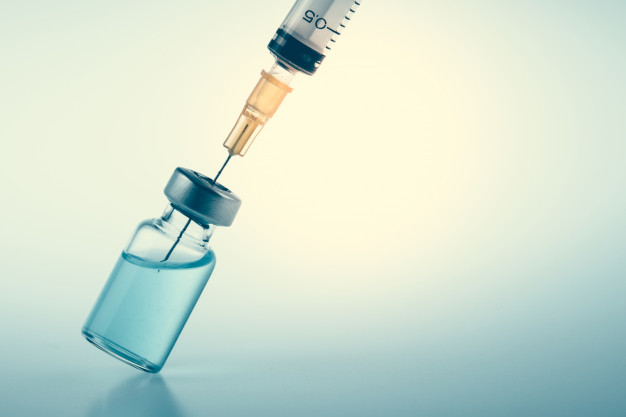
Vaccine stories are all around as the world waits for news on the many COVID-19 vaccines working their way through testing. Robert Jacobson, M.D., a Mayo Clinic pediatrician and nationally regarded expert in the delivery of vaccines for children, discusses here the basics of vaccines, making connections from history to the COVID-19 pandemic in a presentation originally for Mayo staff. This excerpt is a portion of that talk, which has been reformatted and shortened for readers.
Immunizations
The act of immunization refers to a provision of an agent that provides immunity to a specific disease. We divide these agents into passive and active immunizations agents.
Passive immunization agents consist of immunoglobulins or antibodies. These are proteins created by the immune system that combat invaders to the body in a variety of ways. With passive immunization, we take these agents from others to give to the patient in need. Alternatively, we get these from animals or find ways to make these agents outside of an organism in a test tube. Passive immunization occurs naturally during pregnancy. The antibodies the mother makes to protect herself transfer to the growing fetus by way of placenta and umbilical cord to the infant. Similarly, antibodies the mother makes transfer to the baby by way of breast milk, as well. Otherwise, we use passive immunization when natural means of getting immunity is not safe or enough and when we cannot use vaccines alone to prevent the harms of infection. For example, we use passive immunization with rabies immunoglobulin for bat exposures to humans where we cannot test the bats for rabies.

Antibodies are proteins created by the immune system that combat invaders to the body in a variety of ways. Antibodies can be particular for one kind of disease or sometimes a disease–type, and can provide a window into a patient’s infection history. The ability to detect antibodies against SARS-CoV-2 can reveal whether a patient has had COVID-19, even if he or she was never diagnosed or felt sick.
The immune protection from passive immunization is short-lived. It lasts only weeks to months. But it is necessary at the time. One advantage of passive immunization is that it does not require the patient’s immune system to function. The patient does not need to make the antibodies. The antibodies are instead given to the patient. This makes passive immunization very effective for those who are immunocompromised, or can’t respond to a vaccine or an infection with immunity.

Convalescent plasma refers to a part of blood collected from patients who have recovered from COVID-19. This plasma may contain antibodies that can be given to patients ill with COVID-19 to buy time until the patient’s own immune system responds with enough vigor to clear the virus.
Read the rest of the article on Mayo Clinic’s Discovery’s Edge.
‘Courtesy: Mayo Clinic News Network.’[/vc_message]












